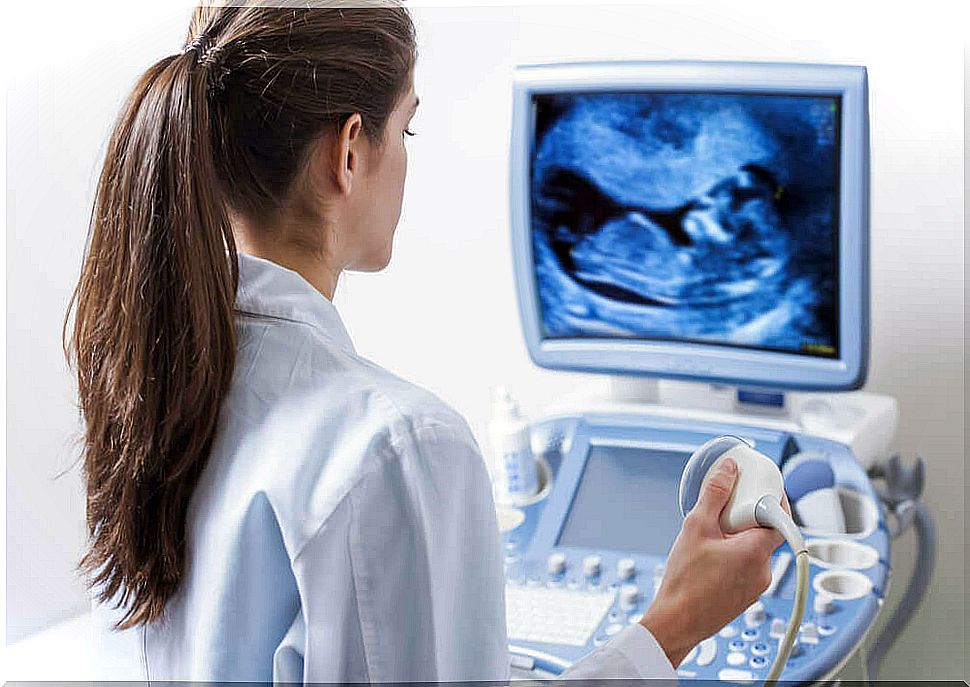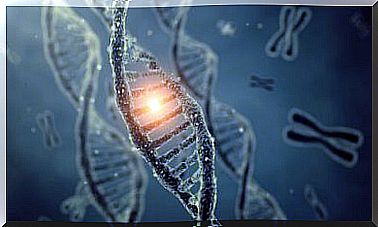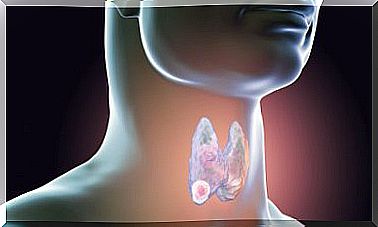Treatment Of Mermaid Syndrome
Mermaid syndrome is a congenital disorder. It is a disorder that very rarely appears today. Therefore, it is considered a rare disease. Patients develop it during embryonic growth and manifest it at birth.
Although it tends to appear more frequently in male patients, there are also clinical cases of female patients.
It should be noted that the mermaid syndrome is closely related to the appearance of malformations. Among them, those of the lower extremities stand out, showing fused tissue. This change makes this body region resemble the tail of these fantastic beings.
Unfortunately, the injuries derived from this group of malformations cause a large percentage of the death of the baby.
Sometimes the baby is stillborn; in other cases, it survives complications for a limited period of time.
Normally, these little ones do not exceed the first week of life. However, there are babies that can survive for more weeks, and even several months. Currently, there is a really small number of children who have exceeded that period of time.
What is the treatment for mermaid syndrome like?

Unfortunately, the treatment for this disease is complicated. As explained before, in the vast majority of cases, it is not possible to save the life of the baby.
As a general rule, a group of specialists will carry out a series of surgical interventions to correct congenital malformations. This surgery usually includes complete separation of the lower extremities.
However, the alterations not only affect this body region, but also appear in a general way. In this way, the baby will present a wide variety of problems.
Among the most common, we can identify alterations at the bone level, such as the absence of certain structures. For example, the sacrum or a portion of the spine.
There are also abnormalities in the urinary tract, which are often related to the possibility that children are born without one of the kidneys, which is known as renal dysplasia.
Other frequent changes are at the pulmonary and gastrointestinal level. On other occasions, patients have developed problems at the level of the central nervous system, such as hydrocephalus. An attempt is made to correct this set of complications with surgery, without success in most cases.
Can it be prevented?

Thanks to clinical studies and research on this disease, experts have been able to examine this alteration. Today, it is thought that congenital malformation can develop due to various factors.
On the one hand, it is being verified how diabetes affects the mother, since hyperglycemia is a risk factor.
Likewise, the effect of the practice of certain unhealthy habits, such as smoking and the consumption of alcohol or drugs , is also being studied. Cocaine contributes especially to the appearance of congenital anomalies.
To consider
On the other hand, excessive exposures to other teratogenic agents can influence the development of siren syndrome.
Other causes can be related to the administration of certain medications and genetic changes ; These alterations in genetic information or DNA are called mutations, which can be harmful.
Thus, a possible preventive measure against this rare disease, as well as for other disorders, is to avoid contact with these agents. However, they are not an infallible method against the development of the siren syndrome.
Part of this ignorance is due to the complications to fully study this alteration due to its reduced frequency and the variety of characteristics of clinical cases.
In any circumstance, it is important to be aware of its serious consequences and inform yourself to resolve doubts and questions about this disorder. Do not hesitate to go to your nearest medical center to contact the group of specialists if you are pregnant and want a diagnosis.









